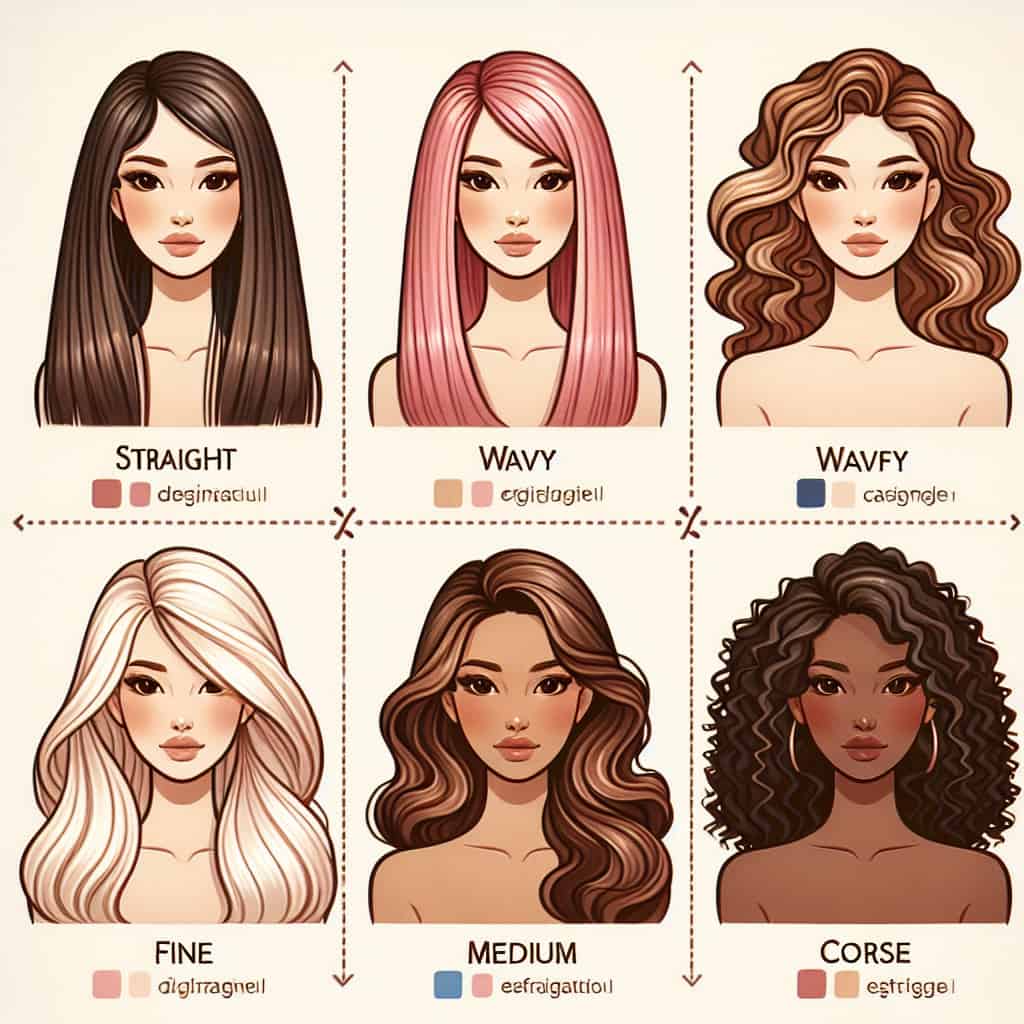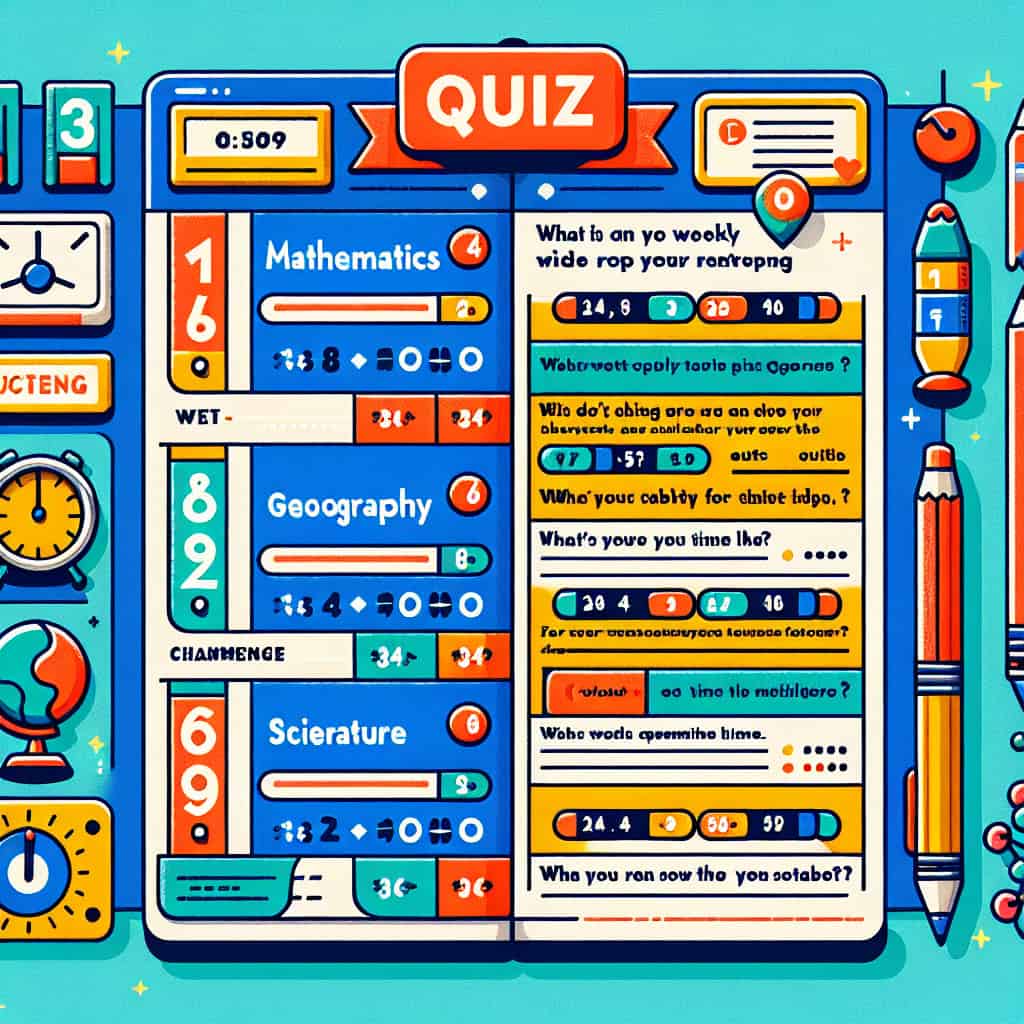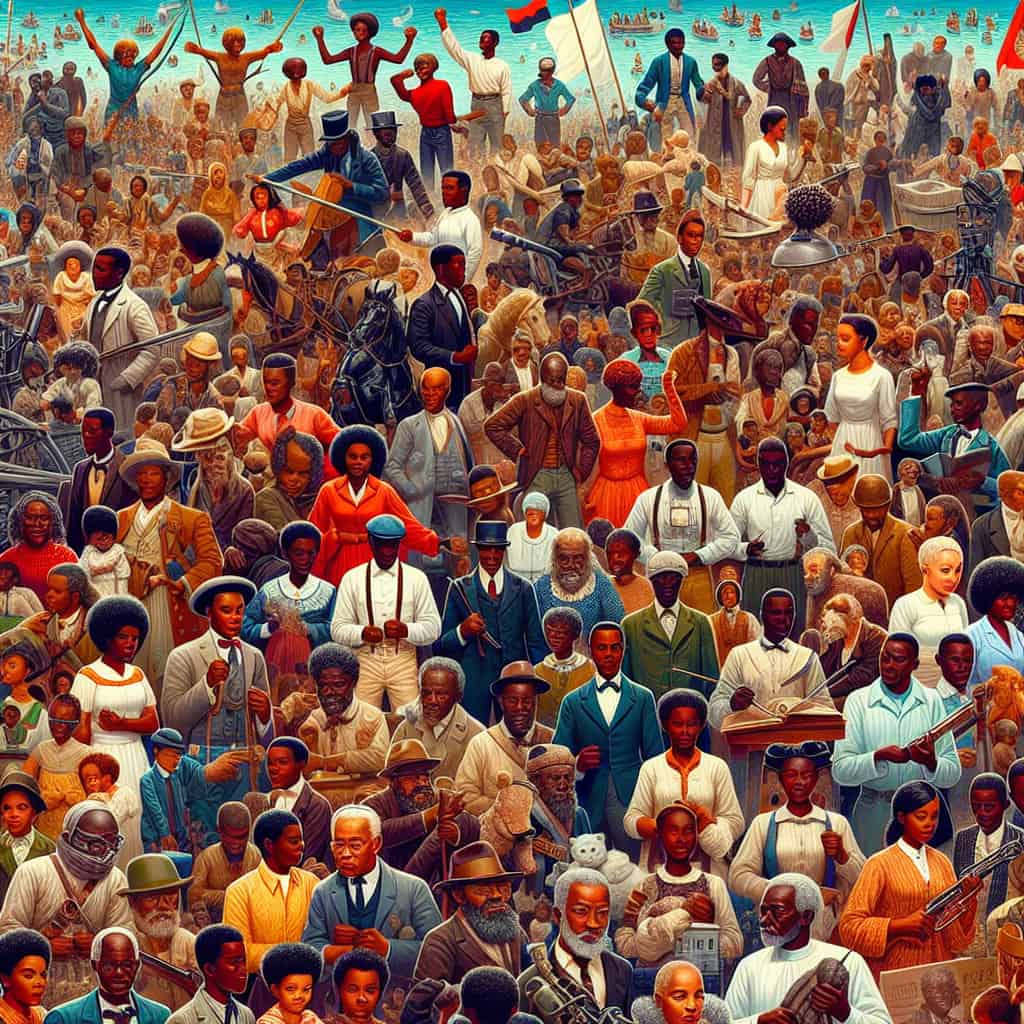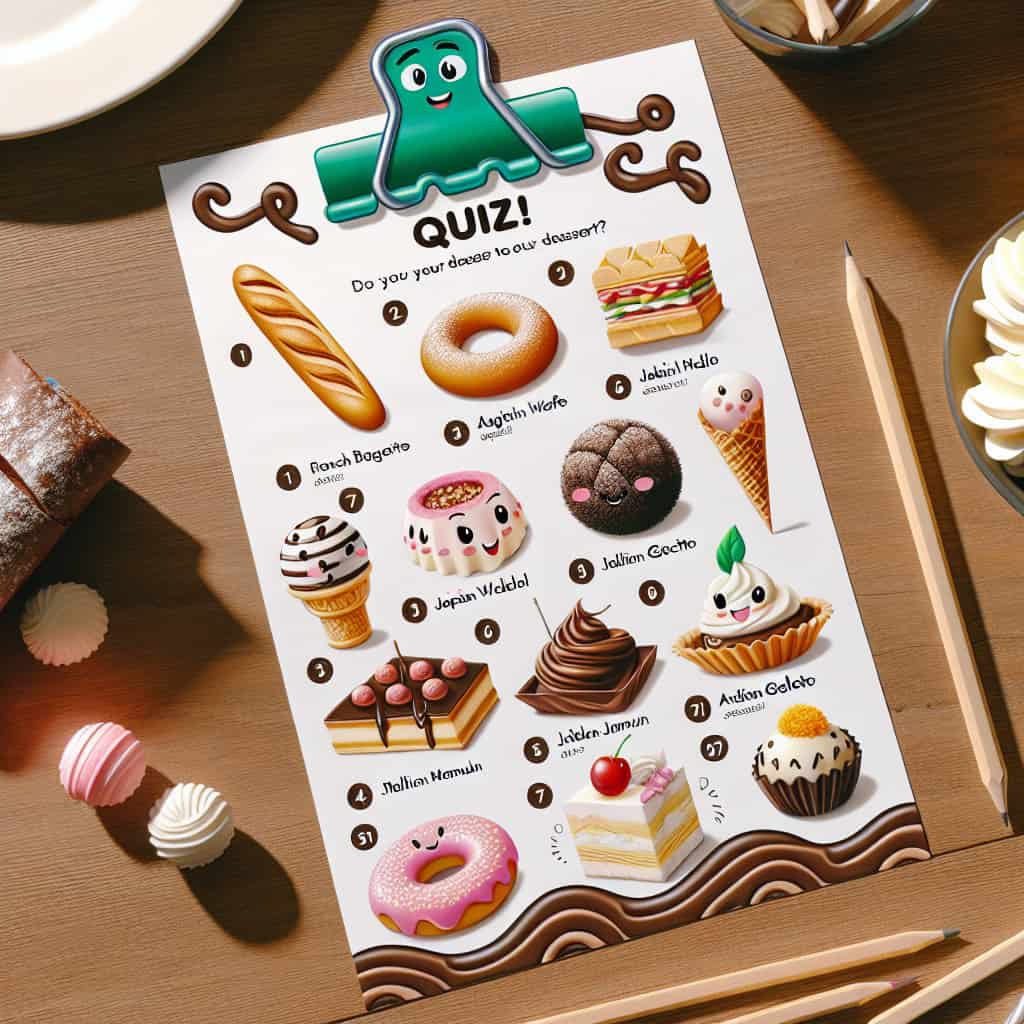**Unlocking the Secrets of Your Tresses: A Deep Dive into Quizzes on Hair**
*Ever wondered what your hair says about you? Read on to discover the world of quizzes on hair and how they can help you gain insights into your locks and even your personality.*
From the moment humanity first gazed upon its reflection, hair has played a key role in our identity. Throughout history, hair has been styled, braided, and adorned to convey status, beauty, and personal expression. Today, it’s no different. Our hair continues to be an essential part of our identity, with countless styles, cuts, and colors to choose from. But have you ever wondered if the hair you were born with or the style you’re currently sporting says something about your personality? Enter the world of *quizzes on hair*, where you can learn about all there is to know about your locks and even glean some insights into yourself.
These quizzes are designed to satisfy the curiosity of those who are in the early stage of awareness of the customer journey, far from making a purchase. They aim to educate, entertain, and engage readers, maximizing user retention and providing a fun, informative experience.
**Say Hello to Hair Quizzes: What, Why, and How**
Quizzes on hair typically fall into one of two categories:
1. **Hair care and styling**: assessing your hair type, providing tailored advice on care and products, or helping you choose the perfect hairstyle or color for you.
2. **Personality and insights**: connecting your hair preferences or natural hair traits with aspects of your character or personal values.
But why have people become increasingly enamored with these quizzes? It’s simple: hair is one of the few things we have complete control over regarding our appearance. By gaining a deeper understanding of our hair and its link to our personality, we can make more informed decisions about styling and feel more comfortable expressing ourselves.
Now, let’s delve into some of the most popular quizzes on hair and explore this fascinating genre.
**Understanding Your Hair Type: The Science Behind the Strands**
One of the first steps to mastering your mane is understanding your hair type, and there’s no better place to start than with a quiz to help determine it. From thick and curly to fine and straight, quizzes on hair can help you identify your hair’s unique characteristics, such as texture, density, and porosity. Once you have a better grasp of your hair type, you’ll be well-equipped to select the best products and styling techniques to keep your locks looking their best.
**What’s Your Perfect Style? Finding the Best Cut and Color for You**
Perhaps one of the most exciting aspects of quizzes on hair is discovering new hairstyles and colors that could transform your look. These quizzes analyze factors such as face shape, skin tone, and lifestyle to recommend the perfect cut and color for you. They can even suggest temporary styles, like updos or braids, for those special occasions when you’re looking to shake things up.
**Beyond the Surface: Unraveling the Connection Between Hair and Personality**
While quizzes on hair care and styling are captivating, those that delve into the connection between our hair and personality are truly intriguing. Do you hide behind your long locks or make a statement with a bold color? Are you daring enough to rock a pixie cut? Our hair choices might reveal more about ourselves than we think.
These quizzes will often present various hair-related scenarios or ask you to choose your preferred hairstyle from a selection of images, then use algorithms to deduce your personality traits based on your answers. Some quizzes may even explore how your natural hair characteristics, such as color or texture, are linked to specific traits or talents.
**The Fun Side of Learning About Your Hair: Keeping Things Light and Entertaining**
While it’s essential for quizzes on hair to be informative, it’s equally important that they provide an enjoyable experience for users. Playful language, amusing scenarios, and engaging visuals all contribute to keeping readers entertained and eager to continue exploring the world of hair-related quizzes.
One way to ensure this is by using open loops at the beginning of the quiz to generate intrigue. For example, posing a question like, “What does your favorite hairstyle reveal about your love life?” will grab the reader’s attention and encourage them to take the quiz to uncover the answer.
**A World of Hair Knowledge at Your Fingertips: The Takeaway**
Quizzes on hair offer an entertaining and insightful journey into the unknown territories of our tresses. By understanding our hair type, discovering new styles, and unraveling the link between hair and personality, we can make informed choices and embrace our hair as an extension of our identity.
So, whether you’re looking for the best products to tame your curls or wondering what your go-to updo says about you, quizzes on hair provide a delightful escape into the world of self-discovery and self-expression. Are you ready to embark on this adventure? Dive in and unlock the secrets of your locks today!
Find Out Your True Hair Type with This Simple Test
FIND YOUR BOY TYPE QUIZ | donnamarizzz
What are the most asked questions about hair?
1. What are the main functions of hair? – Hair serves various biological purposes, such as providing thermal regulation, protecting the scalp from harmful UV rays, and facilitating sensory perception.
2. What are the three main layers of a hair strand? – Hair is composed of three primary layers: the cuticle (outer layer), the cortex (middle layer), and the medulla (innermost layer).
3. What determines your hair type? – Your hair type is primarily determined by your hair’s texture, density, and curl pattern, which are influenced by genetics, hormonal changes, and environmental factors.
4. What are the four basic hair types? – Hair can be classified into four main types: straight, wavy, curly, and coily or kinky.
5. How do you determine your hair porosity level? – Hair porosity refers to the ability of your hair to absorb and retain moisture. You can determine your hair porosity by performing the float test, slip ‘n’ slide test, or assessing how your hair responds to certain products.
6. What causes hair loss? – Hair loss can be caused by a variety of factors, such as genetics, hormonal imbalances, nutritional deficiencies, stress, and certain medical conditions.
7. How can you promote healthy hair growth? – To encourage healthy hair growth, it is essential to maintain a balanced diet, follow a consistent hair care routine, minimize the use of heat styling tools, and avoid harsh chemical treatments.
8. What are some common hair care myths? – Popular hair care myths include the belief that frequent trims make hair grow faster, brushing 100 strokes a day leads to healthier hair, and washing your hair less frequently causes oily scalp issues.
9. What is the difference between hair breakage and hair shedding? – Hair breakage refers to the snapping or breaking of hair strands due to external factors, such as heat styling, chemical treatments, or excessive manipulation. On the other hand, hair shedding is a natural process where hair falls out from the roots as part of the hair growth cycle.
10. How can you prevent split ends? – To prevent split ends, it is essential to keep your hair moisturized, avoid excessive heat styling, use a wide-tooth comb to detangle gently, and get regular trims.
How to guess your hair type?
Guess Your Hair Type Quiz
1. Hair thickness: Observe a single strand of your hair. Is it:
a) Almost invisible or very fine
b) Medium thickness
c) Thick and coarse
2. Hair density: Look at your scalp in the mirror. Can you easily see your scalp without touching your hair?
a) Yes, my scalp is easily visible
b) I can see some parts of my scalp
c) No, my scalp isn’t easily visible
3. Natural hair pattern: After air-drying your hair without using any products, what does your hair look like?
a) Straight with no wave or curl
b) Wavy or loose curls
c) Tight curls or coils
4. Frizz level: How often do you experience frizzy hair?
a) Rarely or never
b) Sometimes
c) Frequently or constantly
5. Moisture retention: How easily does your hair dry out after washing or throughout the day?
a) My hair dries very quickly and often feels dry
b) It takes some time to dry, but it maintains moisture fairly well
c) My hair takes a long time to dry and rarely feels dry
Results:
Mostly A’s: Fine, Straight Hair – Your hair has fine strands and a straight pattern, prone to dryness and damage but not prone to frizz.
Mostly B’s: Medium, Wavy Hair – Your hair has a medium thickness with wavy patterns, requires balance between moisture and frizz control.
Mostly C’s: Thick, Curly Hair – Your hair is thick with tight curls or coils, highly prone to frizz and will require more moisture and care to keep it healthy.
What is a 2B hair type?
The 2B hair type refers to a specific category of wavy hair that is characterized by its S-shaped waves and medium thickness. This hair type generally has more defined waves compared to 2A, with a tendency to frizz at the crown. Proper care and styling products are essential to maintain the natural texture and avoid frizz in 2B hair.
What is type 2C hair?
Type 2C hair is a specific hair type that falls under the category of wavy hair. It is characterized by its thick texture and more defined S-shaped waves. This hair type tends to be prone to frizz and may require specific products and styling techniques to maintain its shape and health.
What is the scientific term for hair found on the human scalp and is responsible for its growth and pigmentation?
What is the scientific term for hair found on the human scalp and is responsible for its growth and pigmentation?
What are the three main layers of a hair strand called, and what functions do they serve?
Question: What are the three main layers of a hair strand called, and what functions do they serve?
Answer: The three main layers of a hair strand are called the cuticle, cortex, and medulla. The cuticle serves as a protective barrier for the hair shaft. The cortex contains the pigment that gives hair its color, provides strength and elasticity, and determines the texture of the hair. The medulla is the innermost layer and provides structural support to the hair.
Which nutrient helps maintain healthy hair growth and can be found in foods such as eggs, spinach, and avocados?
Which nutrient helps maintain healthy hair growth and can be found in foods such as eggs, spinach, and avocados?














